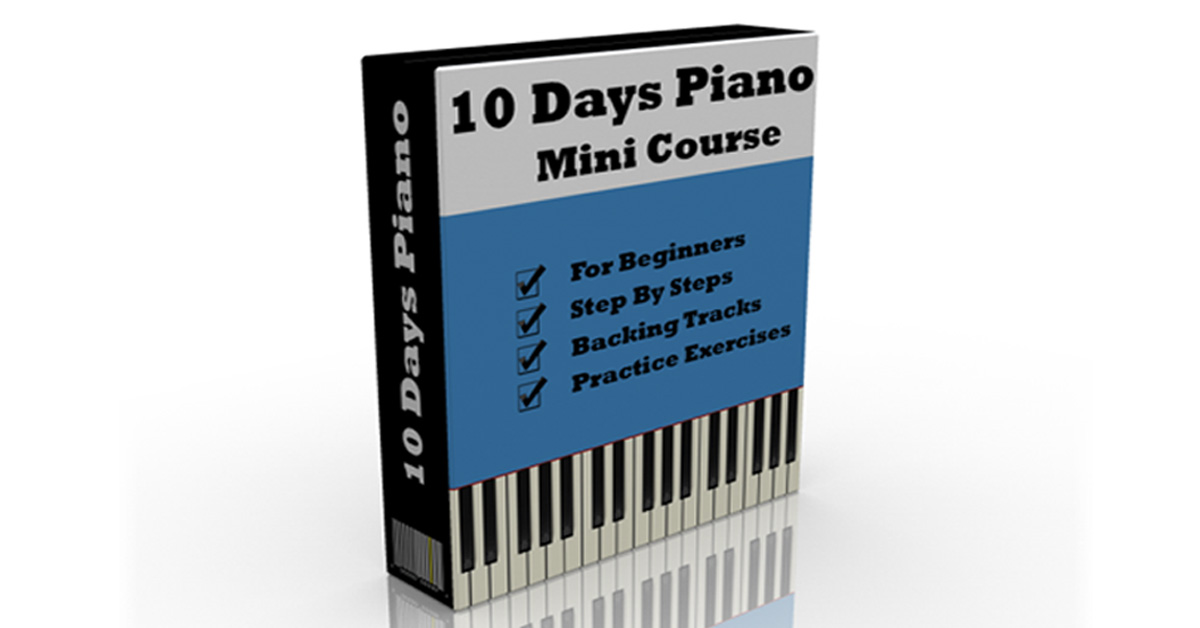Sharing Is Caring
0
Total
Shares
The Relationship Between Intervals and Chords.
Today we get to the interesting part. You already know that chords and intervals are closely related and that intervals are actually the building blocks. Even though intervals are usually stacked up to make chords, it’s useful to think about the relationship of each of the notes of the chord in respect to the Root of the chord. The Root of the chord is simply the name for the first note of a chord.
If we had a C Major Triad Chord, for example:

C Major Chord Piano
The Root of C Major would be C.
The same works in any other complex example, for example a B m9b5 chord:

Bm9b5 Chord
Still, B is the Root of B m9b5. Don’t fear about the chord naming, we’ll see those chords
in future lessons, but the concept I want you to get is that the Root is just the first note of any chord, when the chord is in its ‘original’ position.
So the point is that you can think of a chord as adding up several intervals, and can predict how a chord will sound from this. This can be done with the intervals forming from the root of the chord, as we’ll see in a moment. Before going into that, let me tell you about a very important characteristic of the Minor and Major Third intervals. These intervals are actually really important, and have a special characteristic that usually divides most scales and chords into two distinctive groups, in addition to the division we made regarding the tension / relief. If you listen to them on the piano, you'll perceive that while all of them sound pleasant and not disturbing, the Fifth interval sounds neutral, the Minor Interval usually sounds a bit sad, melancholic, blue, or dark, while the Major Interval usually sounds happy, cheerful, or playful.
As you already know, the above intervals don't produce tension and you might have
already figured out that neither the Major nor Minor Triad chords will be tension-producing chords. However, the last bit of information regarding the quality of the third will become more useful in predicting more about the chords’ sound, as you’ll see next.
[re_engager id='802']

10 Days Piano Mini Course
Recent Posts
- Now You Can Download Your Piano Runs And Fills Pdf Very Easily
- Here Is Your Raag Yaman Bandish Notation Pdf – Ready To Download
- Learn This Mashup Of 6 Old Hindi Melodies On Piano To Win Audiences Heart
- How To Request Song Notes And MIDI File
- Get Your Clocks Coldplay Piano Sheet With Note Names
- Get Your The Scientist Piano Sheet With Note Names
- Get Your Away In The Deep Forest Sheet Music With Note Names
- Get Your Aura Lee Sheet Music With Note Names
- Get Your Au Clair De La Lune Sheet Music For Piano Along With Notes
- Get Your a Tisket a Tasket Sheet Music for Piano Along With Notes
- Get Your Beethoven Fur Elise Sheet Music For Piano Along With Notes
- We Three Kings Piano Sheet Music along with Notes
- Jana Gana Mana Piano Notes -The Easy Way
- One Click Downloadable Piano Lessons In Hindi PDF
- List Of Easy Piano Songs To Play For Beginners
- Piano Lessons In Hindi – 30 Videos
- Take A Piano Quiz
- Building the Major and Minor Triad Chords – Part 1
- The Relationship Between Intervals and Chords
- The Major and Minor Third Intervals
- The Perfect Fifth Interval Part 2
- What Is A Fifth – Interval
- The Octave Interval
- What is Music Balance
- The Building Blocks Also Known As Music Basics
- The Need For Memorizing Scales and Chords
- Overcoming Frustration of playing Piano and Keyboard
- The Reason Why Are Music Scales Important In Music
- What is a Interval in Music
- What is a Chord – A Detailed Explanation
- 4 Steps to Learning How to Play Any Song on the Piano
- What is a scale in music – Get familiar with musical scales
Sharing Is Caring
0
Total
Shares